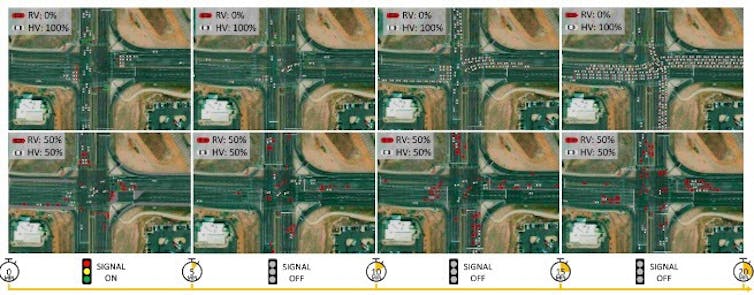In 2023, 55% of people in the EU aged 16 to 74 had at least basic overall digital skills. There were significant disparities across the EU, with rates ranging from 83% in the Netherlands to 28% in Romania.
The level of formal education impacts individuals’ levels of digital skills. The gap in basic digital skills between highly educated individuals (80%) and those with no or low formal education (34%) in the EU stood at 46 percentage points (pp). The largest gaps were recorded in Portugal (66 pp), Greece (63 pp) and Malta (59 pp). In contrast, the smallest gaps were recorded in Estonia (12 pp), Finland (14 pp) and Lithuania (22 pp).
Source dataset: isoc_sk_dskl_i21
This article presents just a handful of information from a more detailed Statistics Explained article on skills for the digital age.
Lower digital skills in older age groups
Lower digital skills were recorded in older age groups among both men and women. For example, in the 65-74 age group, the percentage of men with at least basic digital skills more than halves compared with those aged 25-34 (69% compared with 34%). The contrast among women of different age groups was even more pronounced: 71% of women aged 25-34 possessed at least basic digital skills compared with only 25% of those aged 65-74.

Source dataset: isoc_sk_dskl_i21
In the age groups 16-24, 25-34, and 35-44, more women had at least basic digital skills than their male counterparts. Among people aged 45 or older, the situation was reversed, and the shares were higher among men – with the gender gap widening in the older age groups.




